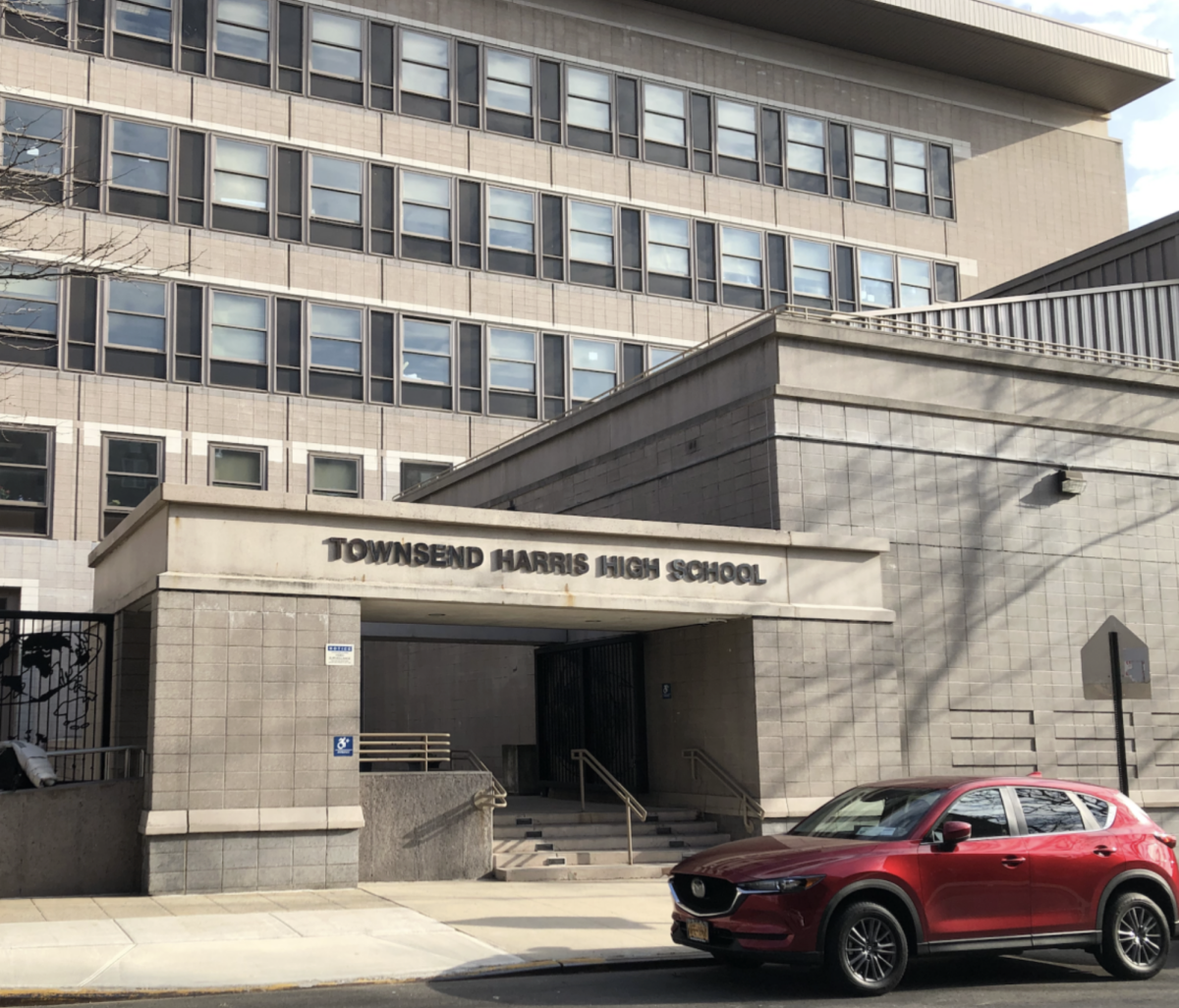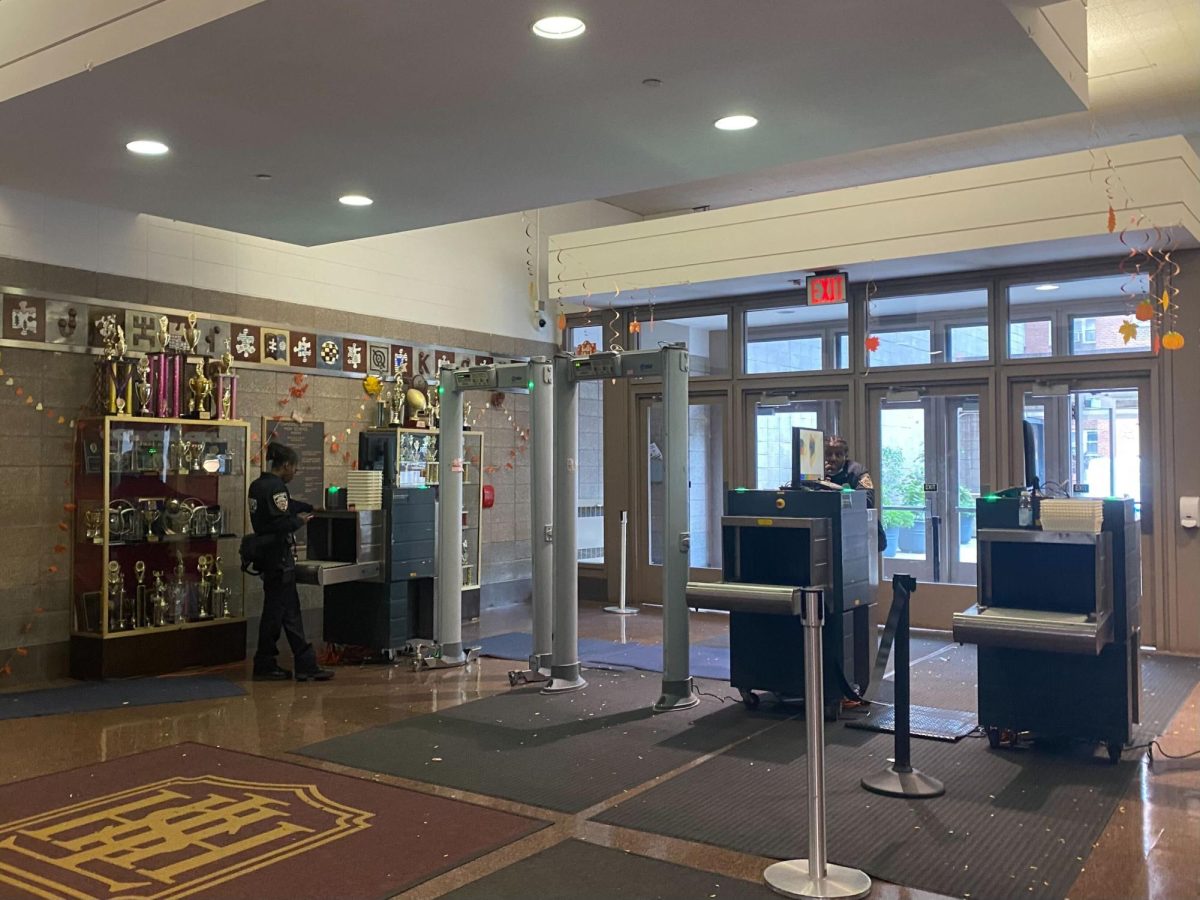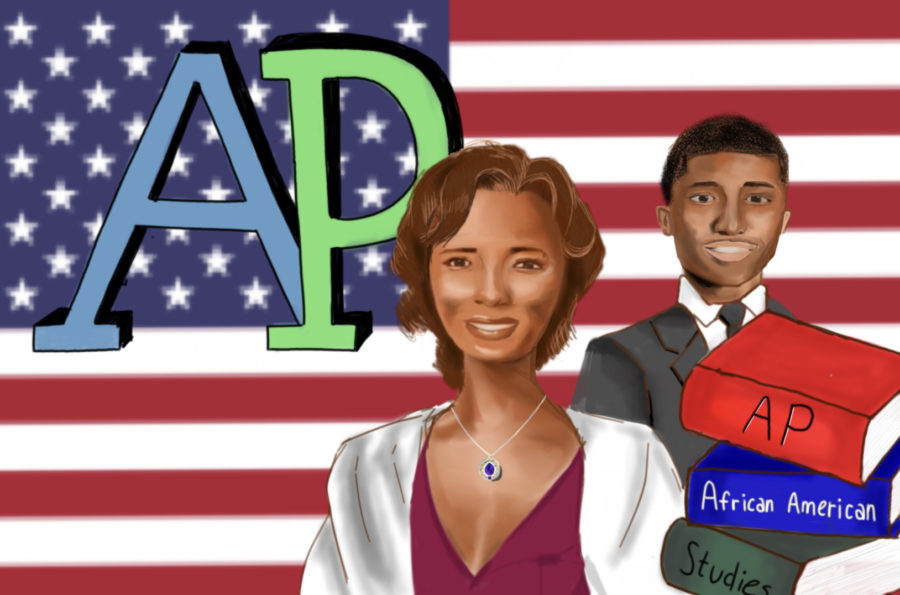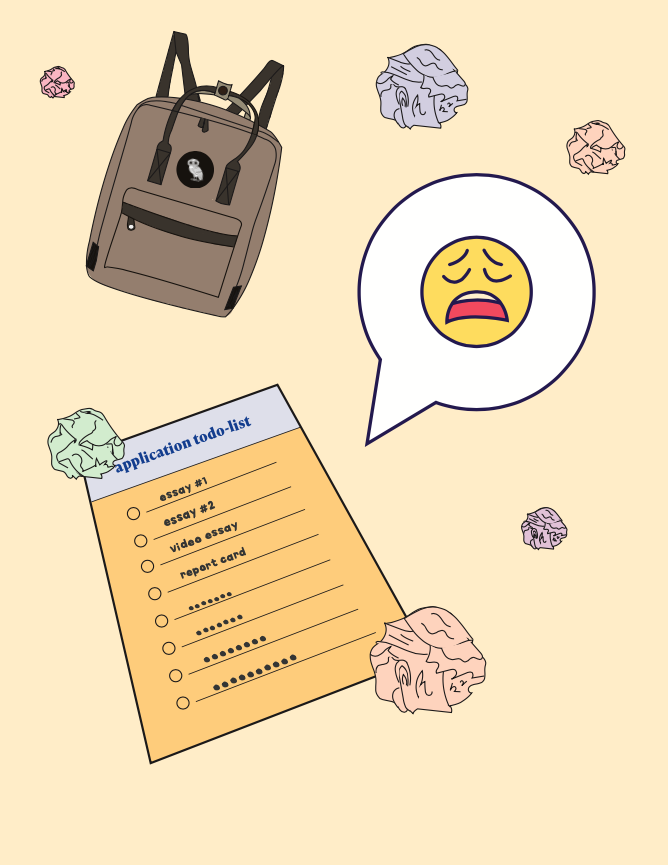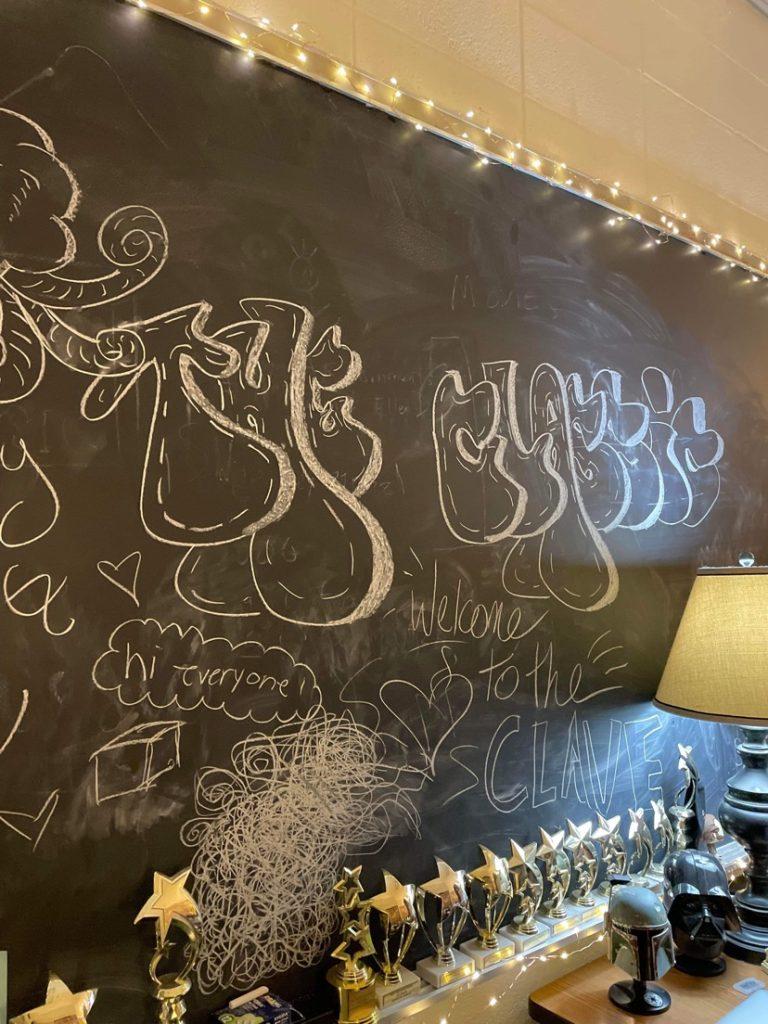
Written
New York City isn’t North Carolina or Georgia, which is to say that it has LGBT discrimination bans in place that don’t get overturned, as was the case with the former this past week; as for the latter, Georgia has gone as far as to strike a discord with Disney, who threatened to pull its business from the state should they overturn their LGBT discrimination ban, as is currently being contested, as is currently being contested with House Bill 757, the state a longtime site of production for Disney’s Marvel films.
Comparatively speaking, New York City is progressive when it comes to its relationship with LGBT people; it seems as if we’ve gotten to the point in society where “LGBT discrimination” is only seen in news headlines when used in conjunction with southern states―you’d be hard-pressed to find some of the blatant discrimination seen elsewhere―teenage LGBT couples banned from proms, bakers refusing to make wedding cakes―in the secular domains of NYC. The DOE took two steps forward recently in making schools more inclusive, which is cause for celebration. It’s important to remember, however, that there’s always progress to be made; we shouldn’t be complacent with a system that’s comparatively good, rather than the best that it can be.
There’s a difference between tolerance and acceptance―if the DOE seeks to be a champion of the latter, then there is more that can be done regarding its inclusion of LGBT students.
When speaking seriously of making our schools more diverse, one of the first things that comes to mind is integrating a more diverse slate of texts into the English curricula. Fiction as a conduit for exposing the issues that impact minority groups isn’t a new concept (i.e. Uncle Tom’s Cabin), but it’s disadvantageous that fiction is mostly used to highlight those issues retrospectively in academic environments, rather than before the fact. One of the persistent problems with the way we study history in the context of oppression is that it often comes with the connotation of “it’s too bad that happened,” rather than at a point from which oppression can be circumvented.
The expansion of the curricula to include works of literature by not only LGBT authors, but also those written by various minority groups, helps in providing an understanding of the issues that impact the lives of people other than the Caucasian, heterosexual male voices to which we’re accustomed. We often discuss the benefits of a public education, and we often come to the conclusion that diversity is an unequivocal positive; why not expand on diversity? It’s a valuable and validating discourse for those who are a part of the underrepresented communities, as well as educational for those who aren’t.
We experience literature best when we can identify with the people we’re reading about. If we ask non-minority students to identify with people who aren’t like them, aren’t they one step closer to fully empathizing with their struggles?
James Baldwin’s Go Tell it On the Mountain―the school’s most prominent example of queer representation in literature―is respectful of its presentation of its protagonist’s sexuality, but its scope is limited. Sexuality plays a role in the novel’s exploration of religion, as well as the time period, but not as much as the openly queer Baldwin’s other works, i.e. Giovanni’s Room, do. The entire unit of Harlem Renaissance Literature is anomalous from the rest of the English curricula we experience across four years at THHS, the works and lives of writers of color seeming to fulfill a diversity quota; why ghetto-ize these works, rather than allot the same amount of time and emphasis we do for other works?
Additionally, and perhaps more vitally, the DOE should implement more policies directed towards our sex-education curriculum that are more inclusive of the LGBT community. In 1987, on the heels of the decade’s HIV/AIDS crisis, New York State mandated the adoption of an HIV/AIDS curriculum in all schools; the HIV/AIDS crisis was primarily one that affected gay and bisexual and bisexual men during that period, and yet comprehensive sex education specifically for LGBT individuals is something largely brushed over in the health curriculum. If we continue to focus solely on sex-education with a heterosexual basis, we are essentially excluding a community of students from being informed with knowledge that would encourage them to lead healthier and safer lifestyles. Sex-education is essential for all students, and therefore should be relevant to all students regardless of their sexual orientations or gender identities.
Regardless, the integration of curricula such as this would benefit all sex-education students. Students who identify as heterosexual would gain insight to topics with which they may not be familiar, in addition to allowing students to confront their own sexualities and question parts of themselves that might have otherwise remained dormant. the familiar precept. Following the old adage, we constantly ask students to “be themselves,” but how can they be themselves before fully knowing themselves? As President of Townsend’s Gay Straight Alliance (GSA), Sarah Gafur said, “People don’t question their sexuality often because we are raised in a society that assumes straight until proven gay. They don’t question their sexuality and until they do, they don’t try and understand themselves. If you question and realize that you’re straight, then you’ve still tried realizing, exploring, and understanding yourself.”
Whether or not LGBT students need validation from the DOE or the state of Georgia mouse-house patronage is besides the point; outreach on their parts sends a message to LGBT people: “We are on your side. We want to include you.” The narratives of LGBT individuals extend beyond the genre of “coming out stories”; likewise, their identities and growth don’t end with the legalization of same-sex marriage―they deserve to have the other facets of their lives acknowledged.


























